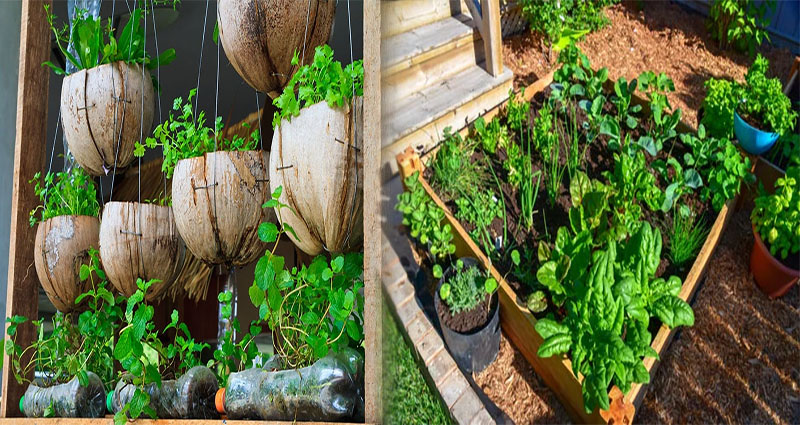For gardening enthusiasts and sustainability-minded individuals, growing your own vegetables can be both rewarding and environmentally conscious. However, limited space, poor soil quality, or physical limitations can often stand in the way of traditional in-ground gardening. This is where raised bed vegetable gardening comes to the rescue, offering a versatile and cost-effective solution. In this article, we will explore creative and low-cost raised bed vegetable gardening solutions that can transform any space into a productive and beautiful garden.
1. Pallet Raised Beds
Repurposing wooden pallets to create raised beds offers an eco-friendly, low-cost, and visually appealing gardening solution. Pallets can be easily transformed into customizable raised beds by removing excess slats and reinforcing the corners. The nooks and crannies of the pallets can be filled with soil, providing ample space for growing a variety of vegetables. This approach not only minimizes waste but also allows for efficient use of space, making it a perfect solution for urban gardening.
2. Straw Bale Gardening
Straw bale gardening is an innovative and inexpensive way to create raised beds without the need for traditional construction materials. Simply arrange straw bales into a rectangular shape, add a layer of topsoil, and you have an instant raised bed ready for planting. The decomposition of the straw enriches the soil over time, making it a sustainable and cost-effective choice. Additionally, straw bales provide excellent insulation and moisture retention, creating a favorable environment for plant growth.
3. Cinder Block Raised Beds
Cinder blocks are not only affordable but also incredibly versatile when it comes to creating raised bed vegetable gardens. By arranging cinder blocks in various configurations, you can design raised beds of different shapes and sizes to suit your specific gardening needs. The hollow cores of the blocks can be filled with soil, providing a sturdy and long-lasting growing space for vegetables. With a little creativity, cinder blocks can also be used to incorporate vertical gardening elements, maximizing space efficiency.
4. Reclaimed Materials
In the spirit of sustainability, look for reclaimed materials such as old wooden crates, discarded tires, or even leftover construction materials to build raised beds. These materials can often be obtained at minimal or no cost, providing an environmentally friendly and budget-friendly option for creating raised bed gardens. With a bit of creativity and DIY skills, these materials can be repurposed into charming and functional raised beds that add a unique touch to your gardening space.
5. Container Gardening
For those with limited outdoor space, container gardening offers a convenient and cost-effective alternative to traditional raised beds. Utilize various containers such as recycled plastic bins, wooden barrels, or even repurposed household items to create portable raised bed gardens. With the right selection of containers and proper soil, you can grow a wide range of vegetables on balconies, patios, or even windowsills, making it an ideal solution for urban dwellers.
6. Hügelkultur Raised Beds
Hügelkultur, a traditional German gardening technique, involves creating raised beds using decomposing wood and organic matter. By piling logs, branches, and organic materials, then covering them with soil, you can create nutrient-rich raised beds that require minimal maintenance. This method not only reduces the need for irrigation and fertilization but also offers a long-term and sustainable gardening solution at minimal cost.
While traditional in-ground gardening may not always be feasible, raised bed vegetable gardening provides an adaptable and budget-friendly alternative. By incorporating these creative and low-cost solutions, gardening enthusiasts can transform even the smallest of spaces into flourishing vegetable gardens, fostering a connection to nature and providing a sustainable source of fresh produce. Embrace innovation and sustainability as you embark on your raised bed vegetable gardening journey.








